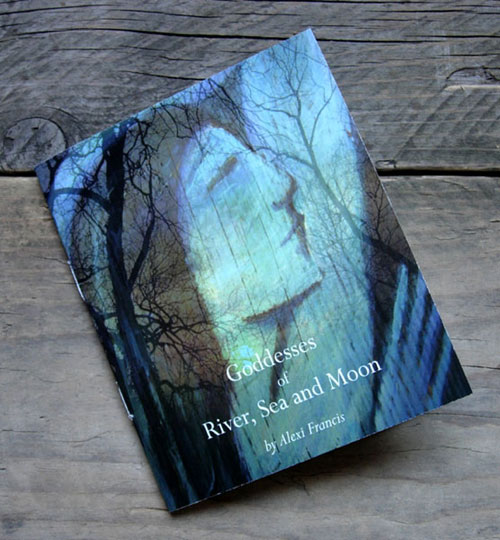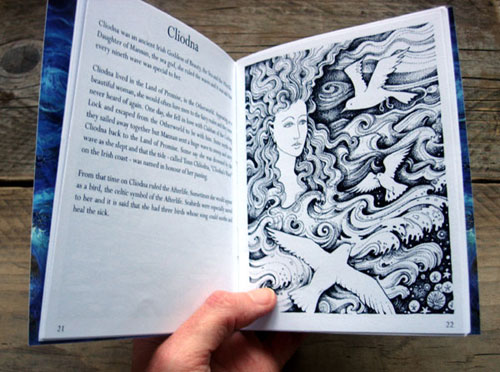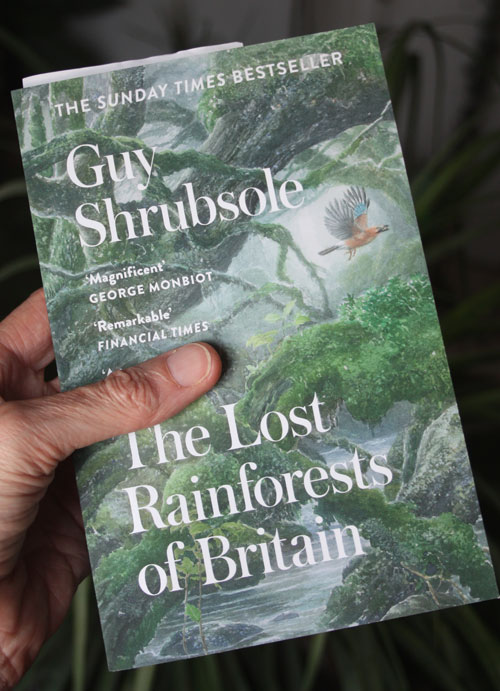My recent visit to Portugal has left me with many impressions. We stayed at Pego Ferreiro in two cabins, the Boar Hide at first followed by The River Lodge. 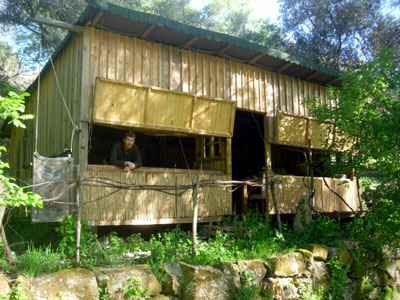 The Boar Hide is shrouded in trees and overlooks a glade where wild boar come to forage. We spent some evenings watching the scene silvered by the light of a waxing moon.
The Boar Hide is shrouded in trees and overlooks a glade where wild boar come to forage. We spent some evenings watching the scene silvered by the light of a waxing moon.
But no boar came. By chance, we spotted a family of boar across a vale making their way through boulders and broom scrub while we were out wandering one morning.
Most of my days were spent dawdling by or in the river, watching butterflies and enjoying the peace and beauty of nature. 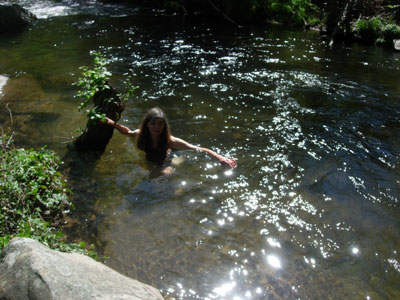 But we also went for walks, tended the fire – The smells of woodsmoke and yellow bloom linger in my memory – cut wood, filtered water, showered in sun-warmed water and read; heard nightingales, cicadas, frogs in the depositos and the river that never slept.
But we also went for walks, tended the fire – The smells of woodsmoke and yellow bloom linger in my memory – cut wood, filtered water, showered in sun-warmed water and read; heard nightingales, cicadas, frogs in the depositos and the river that never slept.
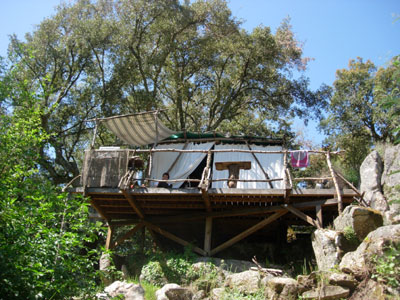
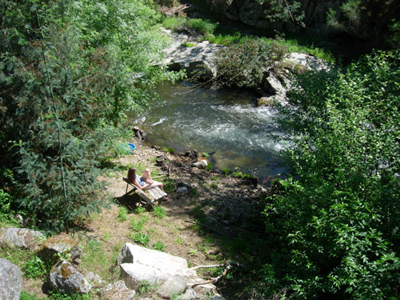 The River Lodge is a tented “cabin” perched on a platform on rocks overlooking the River Sever below. The river suffused my days and dreams. The moon embedded overhead, shone like a pearl and spilt into the waters below; vapour trails of planes became waves across the shores of the night sky. Mayflies, butterflies, frogs and snakes came by day and at dusk, crepuscular toads crept too inquisitively close to the fire.
The River Lodge is a tented “cabin” perched on a platform on rocks overlooking the River Sever below. The river suffused my days and dreams. The moon embedded overhead, shone like a pearl and spilt into the waters below; vapour trails of planes became waves across the shores of the night sky. Mayflies, butterflies, frogs and snakes came by day and at dusk, crepuscular toads crept too inquisitively close to the fire.
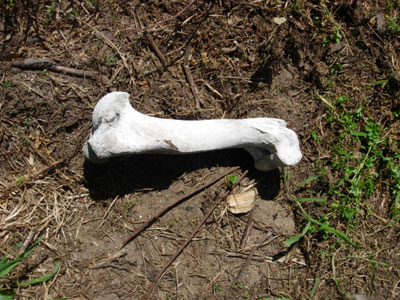 One day, we found the bones of an animal and wondered whether they belonged to a boar. I sent photos to the experts to find out. They’re bones of a horse apparently… I think of some poor, stray animal lost in the hills and vales without a rider…
One day, we found the bones of an animal and wondered whether they belonged to a boar. I sent photos to the experts to find out. They’re bones of a horse apparently… I think of some poor, stray animal lost in the hills and vales without a rider…
From Pego Ferreiro we went to Coimbra and Porto. I found myself atuned to urban nature in the cities, the wildflowers growing in gutters, the screeching swifts scything the air and the scimitor wings of a kite over the rooftops.
We paused in cool, shadowy cloisters festooned with moss and algae and the odd green man.
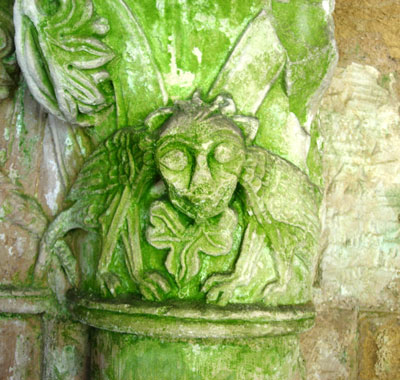
I loved the fading, crumbling shabbiness mixed with the grandeur of the past. Blue tiles and murals were everywhere – like this one of Jesus on a kite on the facade of Carmo Church in Porto. Why blue? The cobalt blue of porcelain… I am drawn to blue. The Portugese call them Azulejos, from the abrabic word Zellige but so similar to azul, the word for blue.
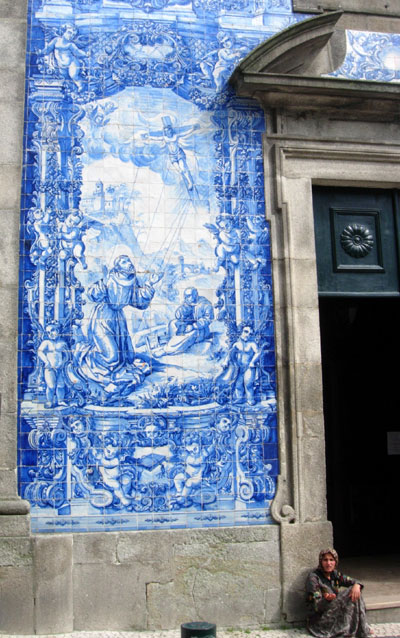
Fado leaked into my conciousness; it strained from the speakers of a souvenir shop selling fake tiles and a couple played and sang outside a restaurant down some narrow street where children played and fruit boxes spilled over the pink, ceramic cobbles and I caught my passing reflection in boutique windows. There was a Fado Centre with plush seats where Fadistas performed each evening; a strange, bronze statue of a woman with the body of a guitar stood beside one of Coimbra’s old, city walls and closeby our favourite square where a lame siamese cat slipped the affections of passersby. I feel drawn to Fado, the sentiment, the nostagia, the longing or as the Portugese describe it, “saudade” – a word with no real translation. I can see how some of my drawings hint at the same pathos – like Embracing the Waves from my Turtle Dreaming story – the longing, the sea, the loss…
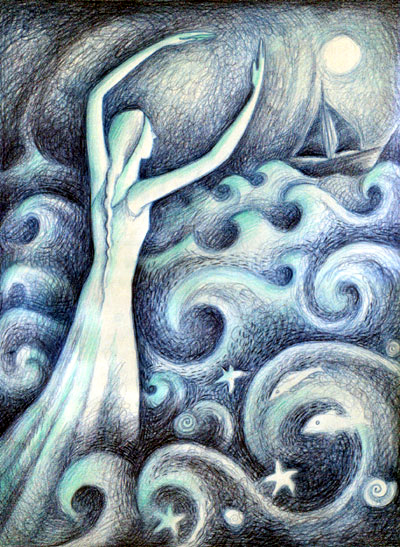
If a gull would come
Bring me Lisboa sky
In the drawing it would make
In that sky where the look
is a wing that can’t fly
Weakens and falls to the sea
What a perfect heart
In my chest would beat
My love in your hand
In those hands
Where my heart fitted perfectly
…….
Words taken from a Fado song with no title.
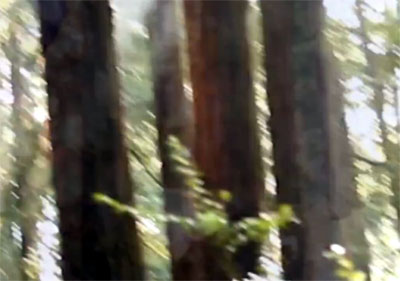 In a previous post, here, I mentioned a project by Megan Hollingsworth that involved creating a film called “Virgin“. Megan put the project out there for crowdfunding. Now the film has been made and can be seen here.
In a previous post, here, I mentioned a project by Megan Hollingsworth that involved creating a film called “Virgin“. Megan put the project out there for crowdfunding. Now the film has been made and can be seen here.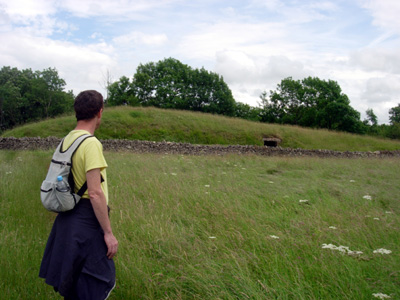
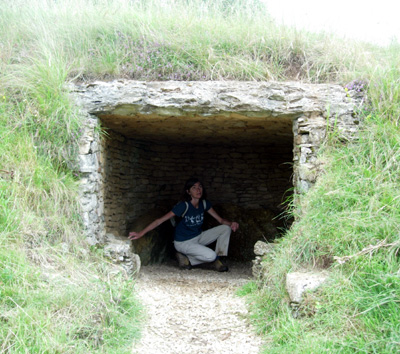
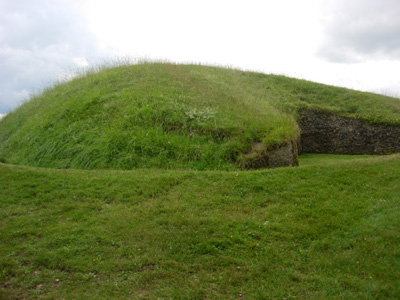
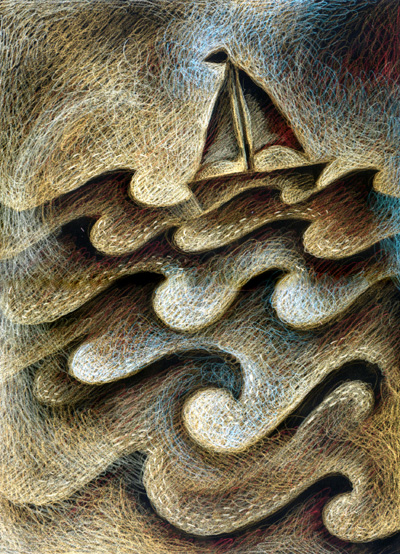
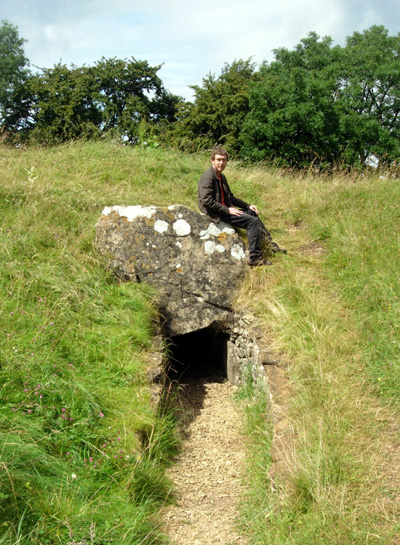
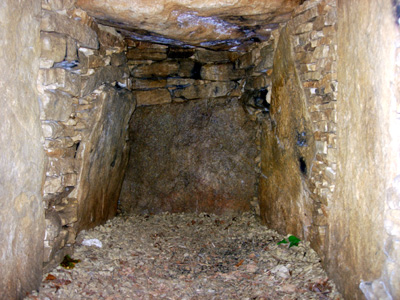
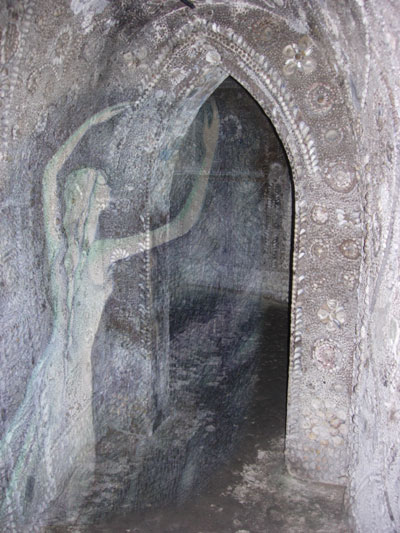
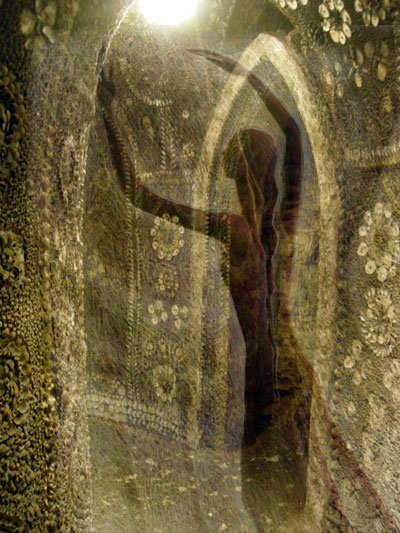
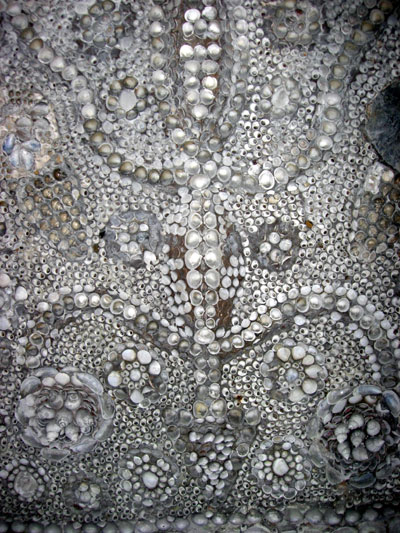
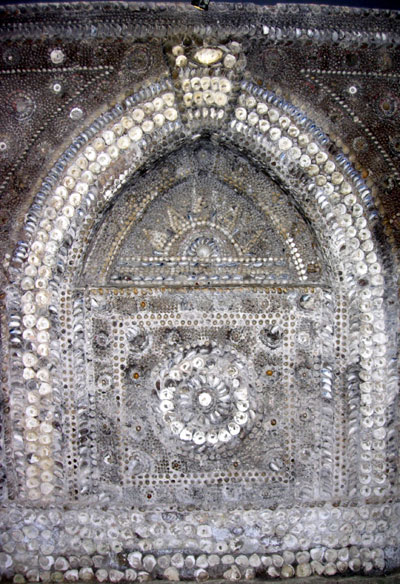
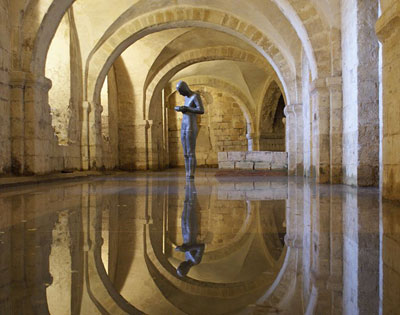
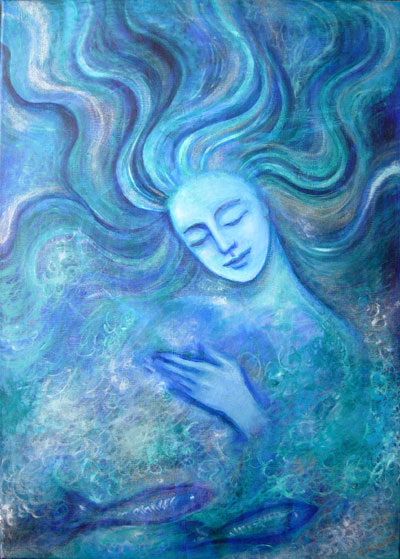
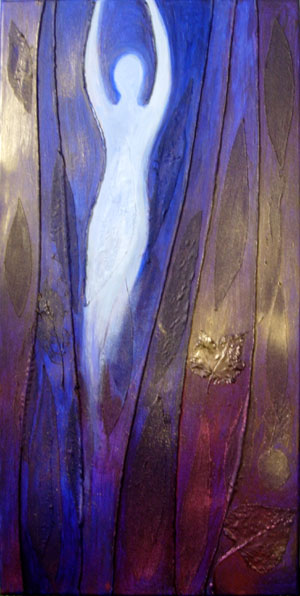
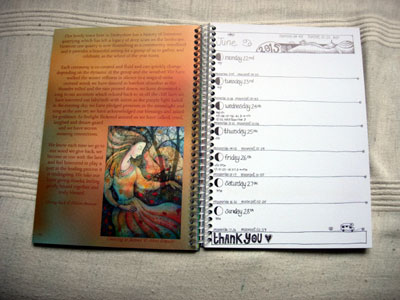
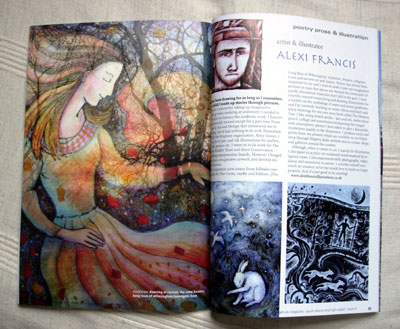
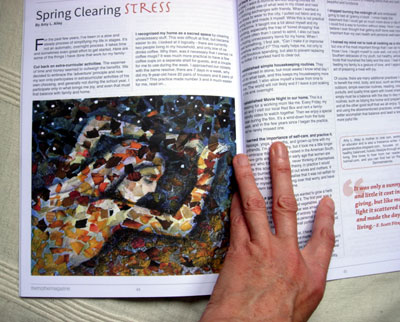
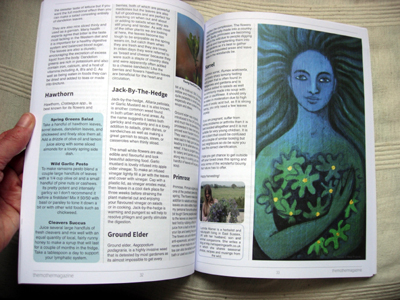
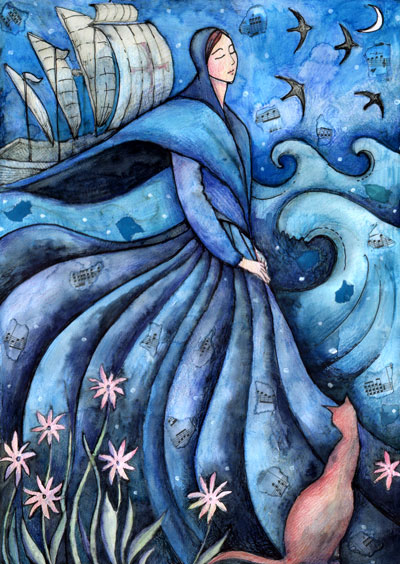
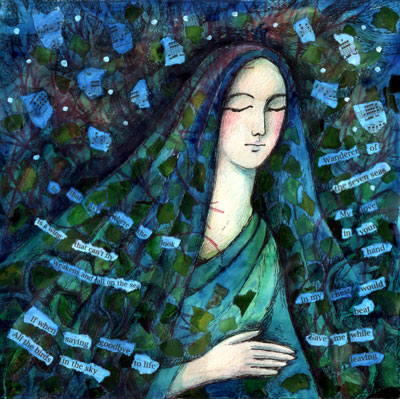
 The Boar Hide is shrouded in trees and overlooks a glade where wild boar come to forage. We spent some evenings watching the scene silvered by the light of a waxing moon.
The Boar Hide is shrouded in trees and overlooks a glade where wild boar come to forage. We spent some evenings watching the scene silvered by the light of a waxing moon. But we also went for walks, tended the fire – The smells of woodsmoke and yellow bloom linger in my memory – cut wood, filtered water, showered in sun-warmed water and read; heard nightingales, cicadas, frogs in the depositos and the river that never slept.
But we also went for walks, tended the fire – The smells of woodsmoke and yellow bloom linger in my memory – cut wood, filtered water, showered in sun-warmed water and read; heard nightingales, cicadas, frogs in the depositos and the river that never slept.
 The River Lodge is a tented “cabin” perched on a platform on rocks overlooking the River Sever below. The river suffused my days and dreams. The moon embedded overhead, shone like a pearl and spilt into the waters below; vapour trails of planes became waves across the shores of the night sky. Mayflies, butterflies, frogs and snakes came by day and at dusk, crepuscular toads crept too inquisitively close to the fire.
The River Lodge is a tented “cabin” perched on a platform on rocks overlooking the River Sever below. The river suffused my days and dreams. The moon embedded overhead, shone like a pearl and spilt into the waters below; vapour trails of planes became waves across the shores of the night sky. Mayflies, butterflies, frogs and snakes came by day and at dusk, crepuscular toads crept too inquisitively close to the fire.  One day, we found the bones of an animal and wondered whether they belonged to a boar. I sent photos to the experts to find out. They’re bones of a horse apparently… I think of some poor, stray animal lost in the hills and vales without a rider…
One day, we found the bones of an animal and wondered whether they belonged to a boar. I sent photos to the experts to find out. They’re bones of a horse apparently… I think of some poor, stray animal lost in the hills and vales without a rider…


